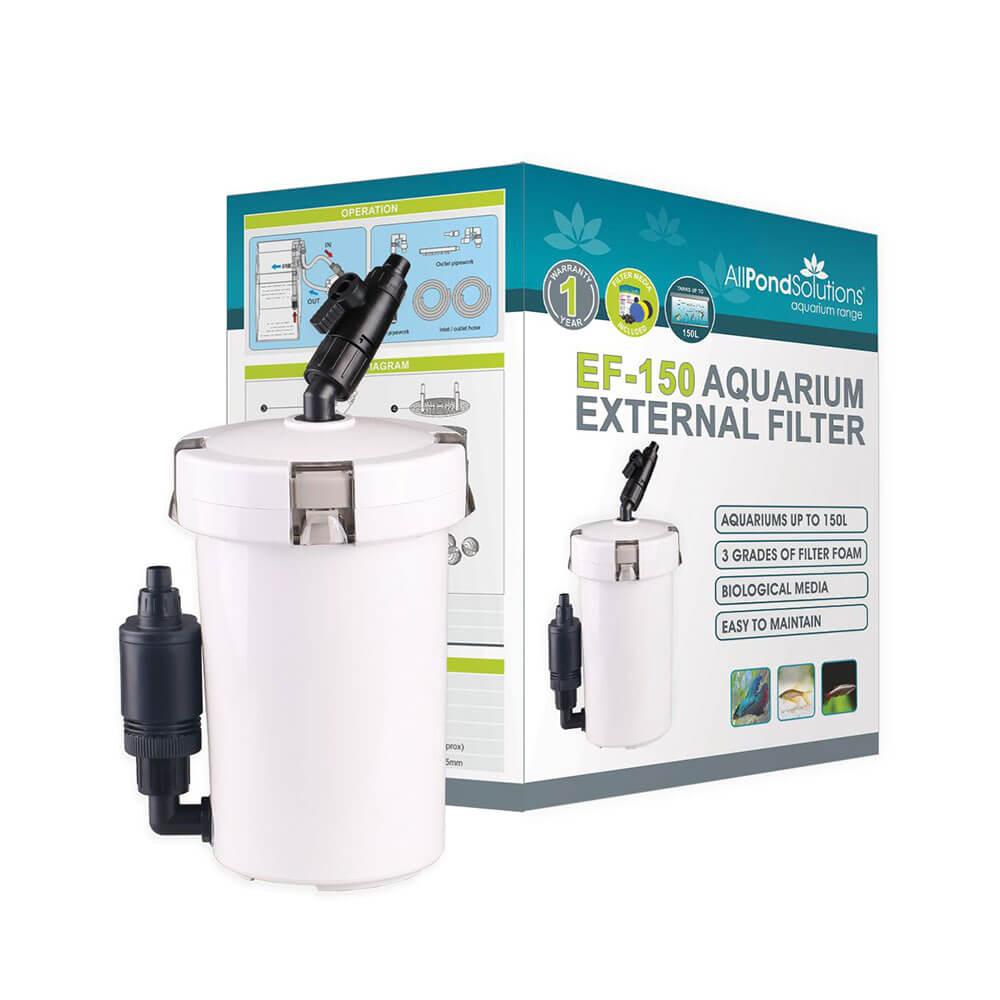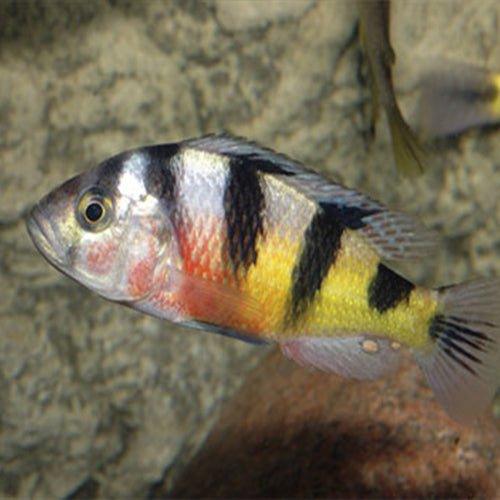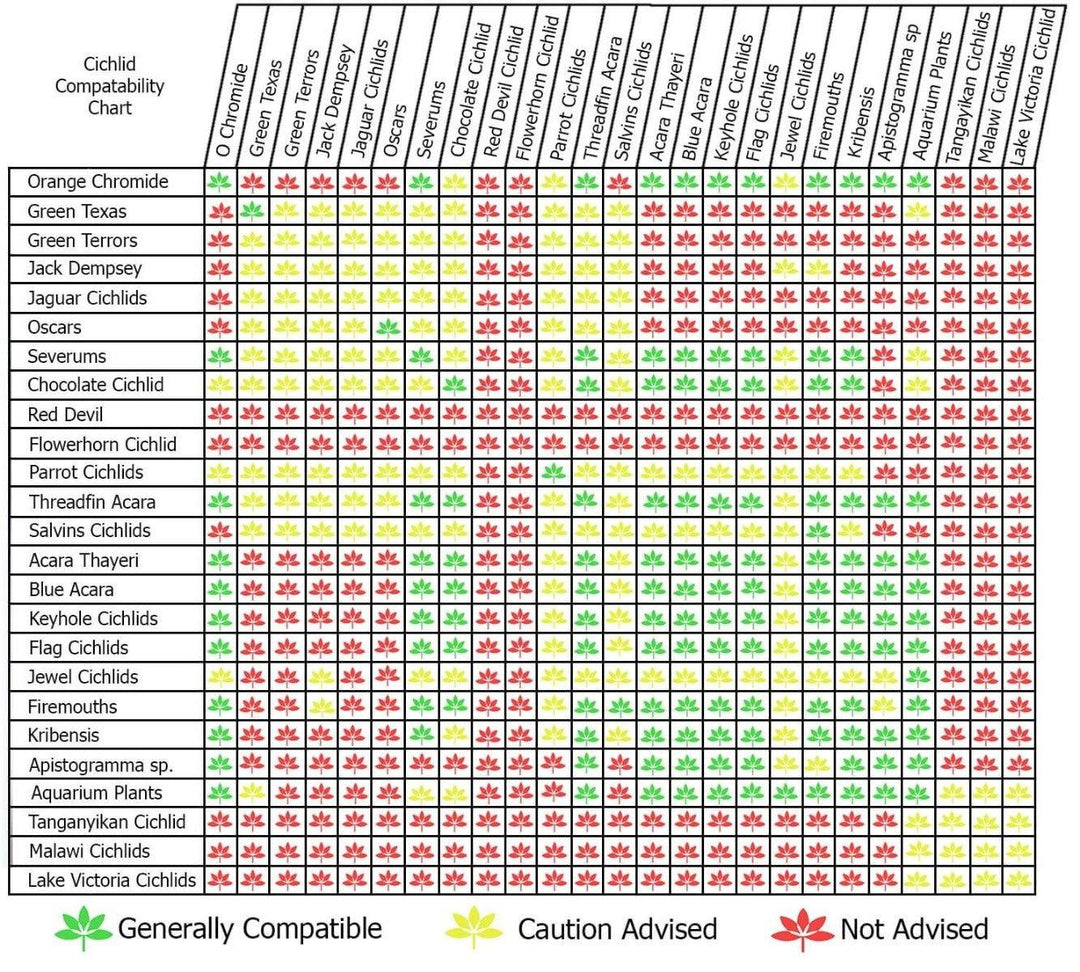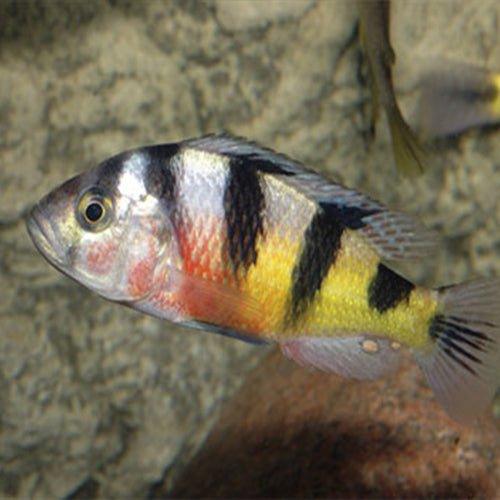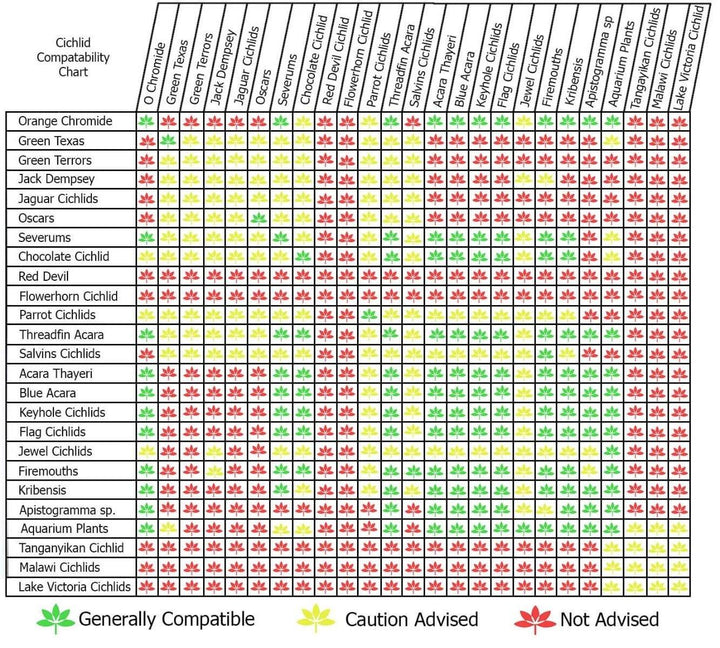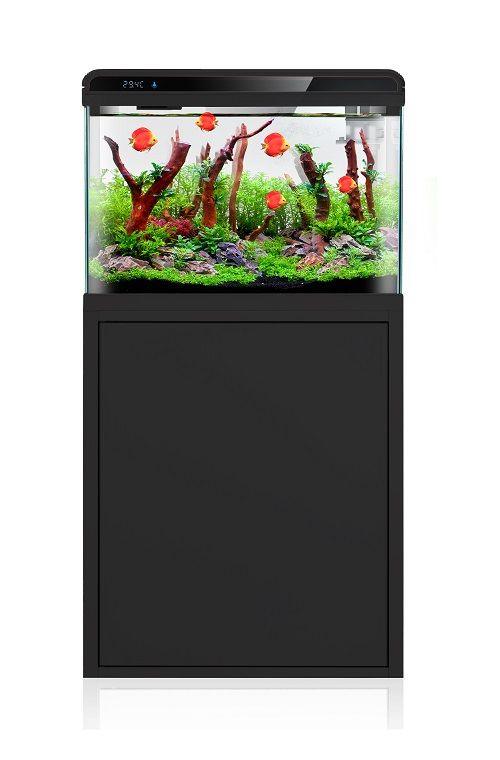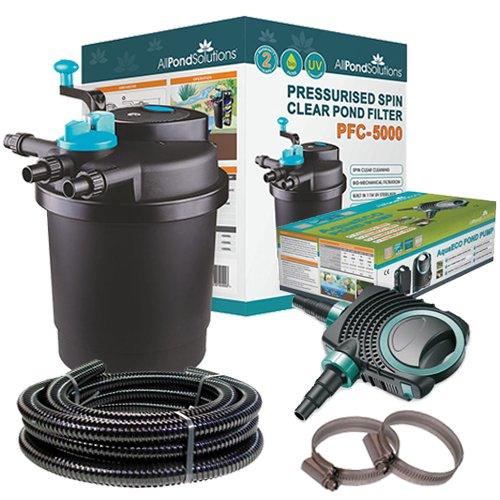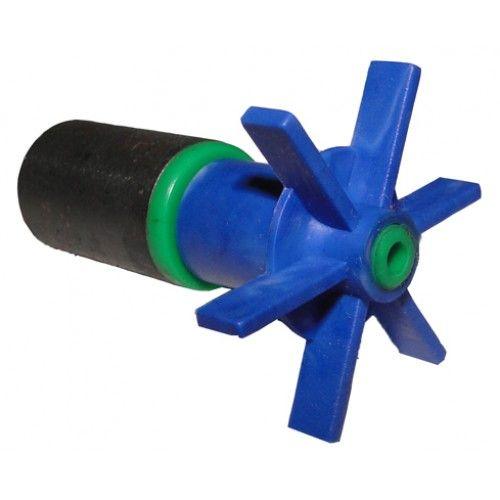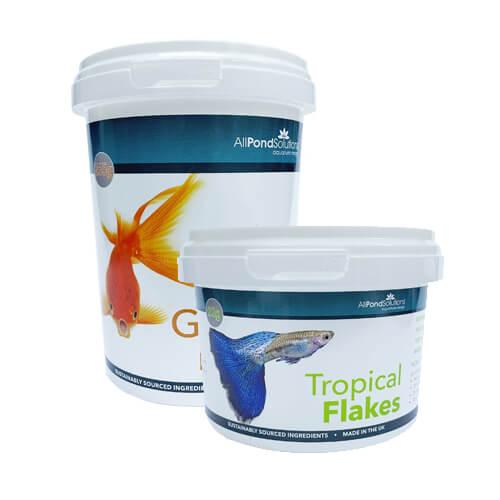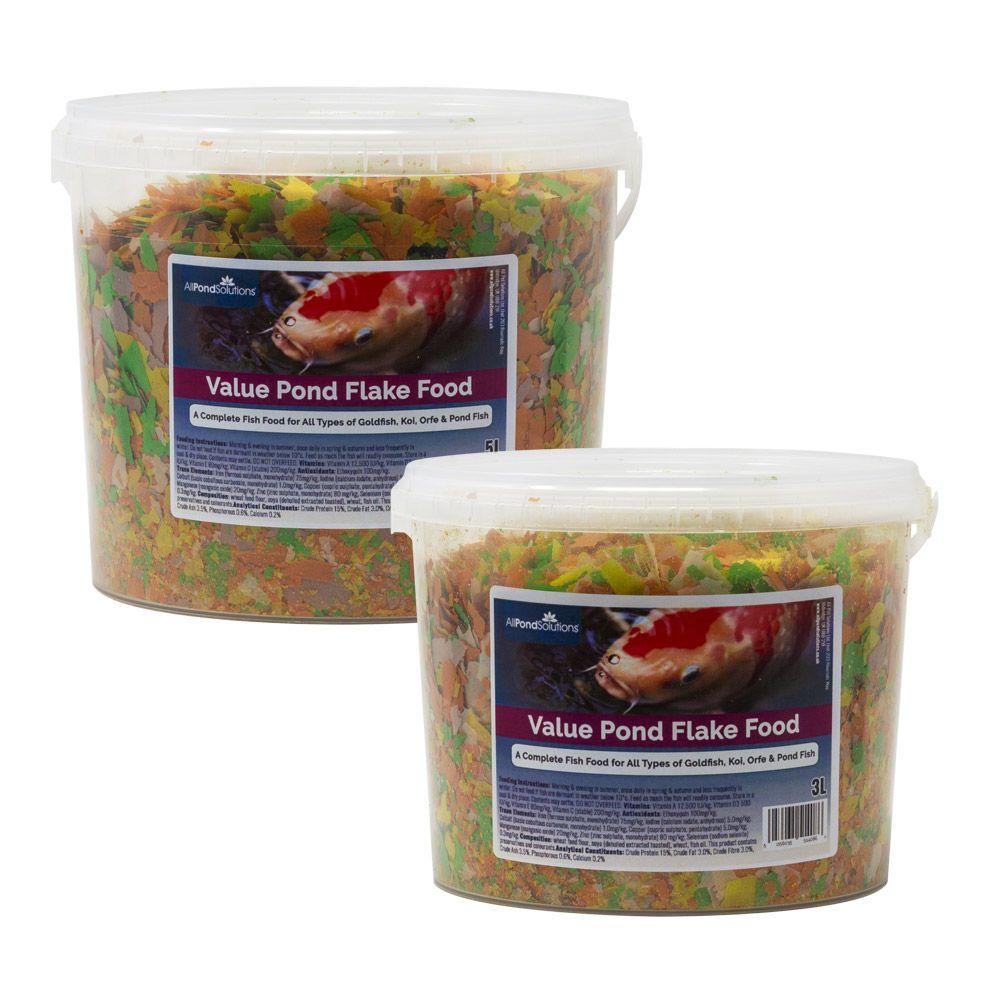Scientific Name: Haplochromis latifasciatus
Please note – The image used above is for illustration purposes only; Size, colour and sex may vary. Many of our livestock species are sold as juveniles and have not yet reached their full size and colour potential. If you have any concerns about the size or colour of the livestock you wish to order, please contact our livestock team via our support centre before placing your order. Due to the large quantities of livestock orders daily, the livestock team will are unable to select fish / shrimp to meet specific gender or aesthetic needs.
Approximate purchase size : 4.5 - 5cm
All Pond Solutions will always endeavour to supply as close to the approximate size range as possible. Due to variations from suppliers on rare occasions this may not always be possible. Images used are to show the full potential of the fish when fully mature and are not always representative of juvenile specimens.
How easy are they to care for?
Although large, it is a relatively easy to care for Cichlid. High filtration requirements are needed due to the stocking densities usually associated with African Cichlids to help quell aggressions.
How large can they grow?
12cm
Where in the world are they from?
Only found in 2 likes in Uganda. Lake Kyoga and Lake Nawampasa, both of which are located north of Lake Victoria.
What is the ideal number to keep together?
Can be kept in groups, however when spawning pairs will become increasingly territorially aggressive.
What water conditions do they require?
Will accept temperatures from 20 - 28C and a pH range between 7.2-8.5.
What should you feed them?
Depending on size, will happily accept flakes when small, but will quickly require pellets of varying sizes. Should be fed a high vegetable content diet.
How compatible are they with other fish?
Yes, but only of a similar size and temperament. Best kept with other african cichlids.
Can they be bred in captivity?
Paternal Mouthbrooders. Males can be identified by the yellow egg spots on the anal fin. Females will hold eggs and fry in her mouth for 2 - 3 weeks until free swimming and able to accept small foods such as rotifers. Take care when breeding, if the female gets startled she may discard or swallow the eggs/fry.
